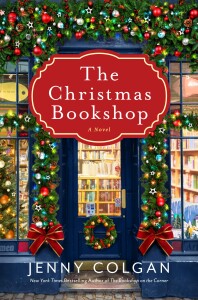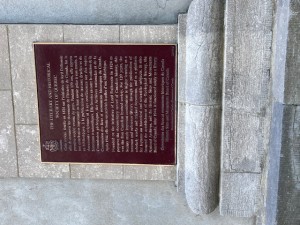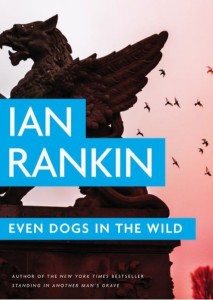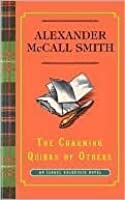
I somehow ended up with three books in a row about a woman working in a bookshop, one that is floundering and perhaps about to go out of business.
One of the things I cover in my writing classes is how an idea alone is not a story. An idea such as the one above is too general; it needs to be expanded with details about the character, her situation, what she wants and why, what kind of trouble she’ll have getting it. Then the story begins to take shape.
These three vastly different books illustrate how one idea can fuel any number of stories.
In this one, Carmen loses her job when the department store where she works closes. Her elderly parents, wanting the family rebel to get out of their house and get on with her life, persuade Carmen to go live with her sister Sofia in Edinburgh.
Sofia is practically perfect in every way that Carmen is not. Married to a handsome, well-off man who adores her, Sofia finished university and now works as a lawyer, while managing her gorgeous home and three small children.
Sofia isn’t thrilled about having her difficult sister move in, but is pregnant again and agrees that an extra pair of hands, however incompetent, would be helpful on the nanny’s days off. Carmen, who shares her family’s low opinion of her, can’t help being snarky with her sister. Still, Sofia finds Carmen a job with one of her clients.
Mr. McCredie’s bookshop in a touristy area of Edinburgh has been losing money for years, and he is on the verge of bankruptcy, probably because he spends his time reading his books rather than trying to sell them. Carmen is dismayed by the dusty shop windows simply containing piles of books, and Mr. McCredie’s eccentric way of organising the books on the shelves.
Seeing how the bristly, socially awkward Carmen finds her way around not just the bookshop, but also the community of merchants on the street is fascinating. As her efforts begin to make a difference, her self-esteem begins to rise. Among the customers she meets are a lanky, reticent man from the university and a famous author who welcomes the chance to drop his New Age façade with Carmen.
Colgan handles Carmen’s progress beautifully, keeping it realistic, so that we, along with Carmen, re-evaluate the people in her life. The ending was a bit bar-fetched, but the book is such fun that I was ready to forgive that. I especially loved Mr. McCredie and his bookshop/home: a magical warren of spaces.
What really sets this book apart is Cogan’s use of Edinburgh as a character. Carmen comes to the city with all kinds of negative preconceptions. With her, our eyes are opened to the charm of the ancient city, especially during the holiday season. Cogan’s descriptions made me want to hop on a plane and go. I thoroughly enjoyed my one visit there; now I’m longing to return.
Stayed tuned for the other two bookshop books.
What novel have you read where the setting is a character?


